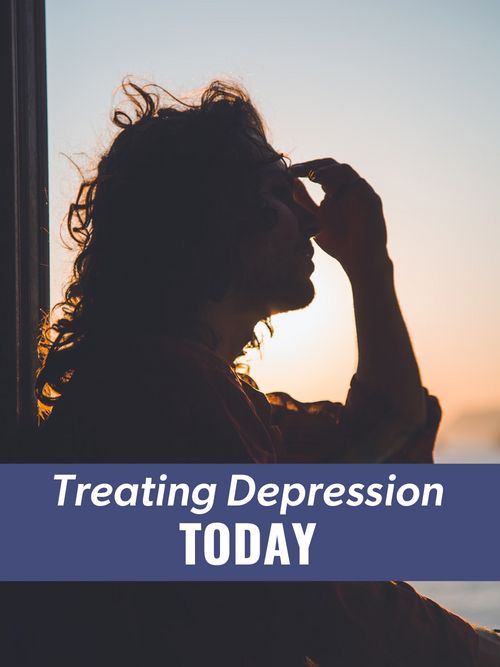What's been the biggest revolution in treating depression?
Jul 06, 2022 · 7 mins read
0
Share

Fighting the plague
Rates of depression differ around the developed world, but the incidence of depressive illness has risen dramatically since 1900.
Save
Share
In the United States, 5.3% of the population will at any given time have depression, and the lifetime risk is 7-8% in adults, and higher for women.
Save
Share
Forty years ago, the mean age for onset of depression was 29.5. Today it has halved to 14.5 years.
Save
Share
Prior to the 1980s, depression had been the cancer of the psychological world – widespread but difficult to treat. Everything from Freudian psychoanalysis to shock treatment was applied to the problem, with poor results.
Save
Share
Then, a much-needed revolution in treatment of depression happened: cognitive therapy.
Save
Share
David D Burns’ bestseller, Feeling Good: The New Mood Therapy, provides a good understanding of how the cognitive therapy revolution came about.
Save
Share
In the summer of 1973, Burns packed his family into their Volkswagen and traveled from San Francisco to Philadelphia. He was to begin work as a psychiatric resident at the University of Pennsylvania.
Save
Share
In the next couple of years, Burns did some award-winning research on the biochemical causes of mood disorders. Yet working with his own patients with depression, he wondered if there was not something missing in their treatment.
Save
Share
Aaron T Beck was also at the University of Pennsylvania, doing pioneering work on a new talking treatment for depression called cognitive therapy. Beck believed that most depression or anxiety was simply a result of illogical and negative thinking.
Save
Share
Beck observed that there’s a big contrast between how the depressed person feels – that they are a “loser” and their life has gone horribly wrong – and their actual life conditions, which are often very good.
Save
Share
0